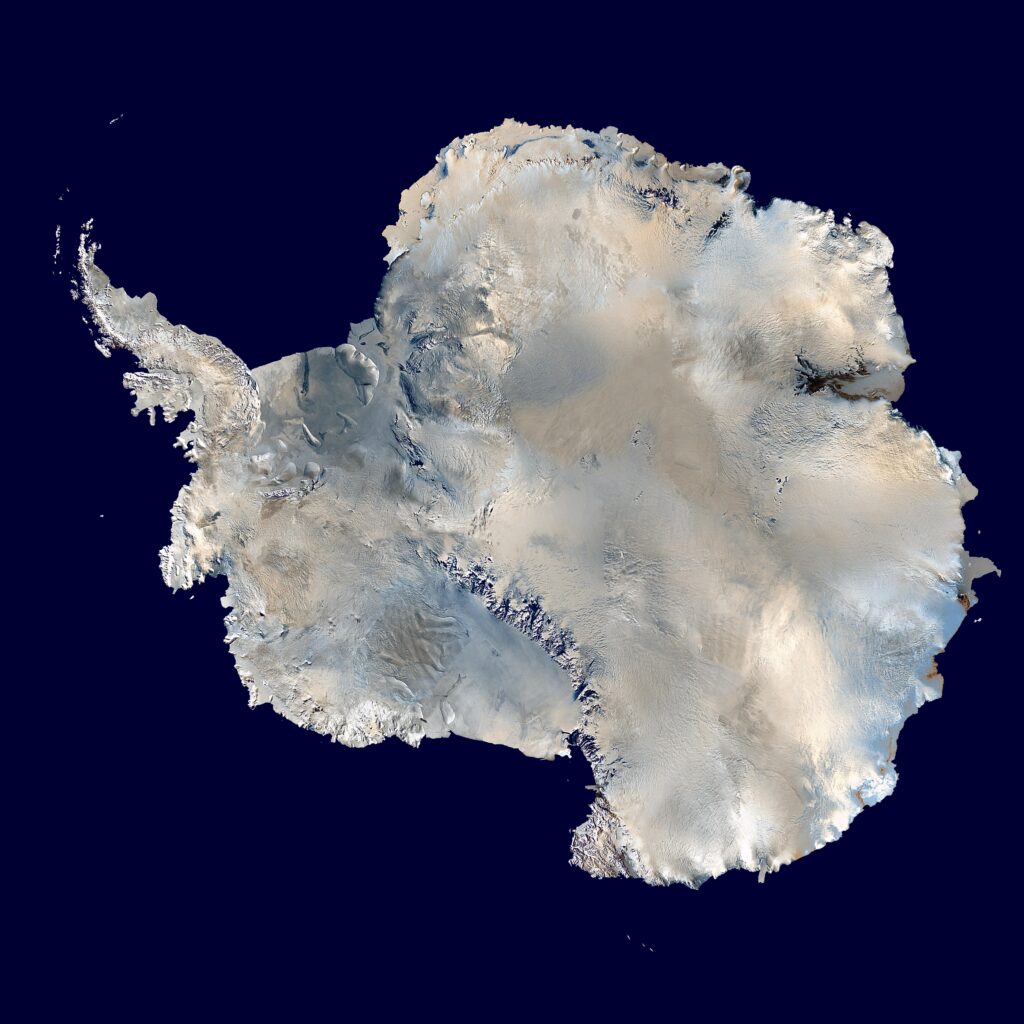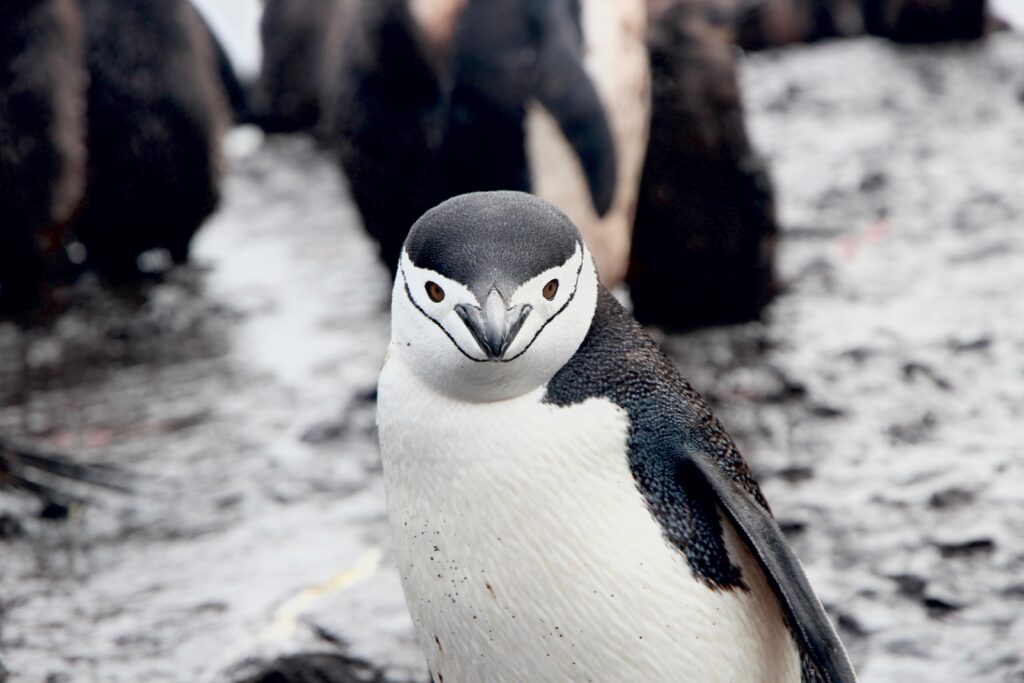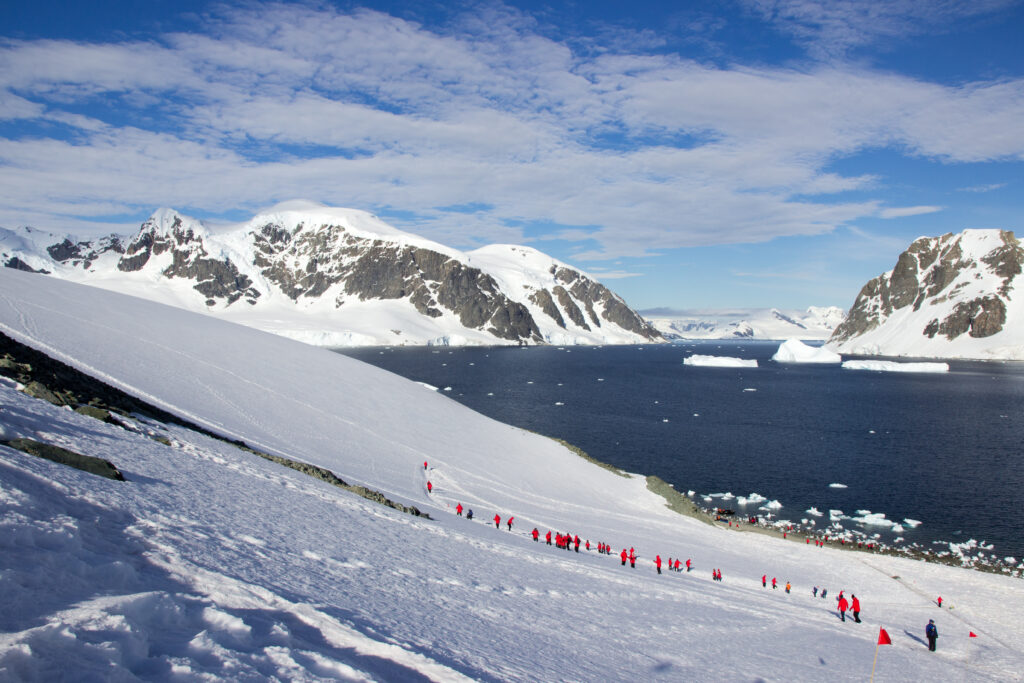Ask any fifth-grader to name the seven continents, and you’ll get the right answer, including Antarctica as one of the seventh. But Antarctica is different than the other six. Antarctica belongs to all of the world’s people, but can be used only certain ways. The Antarctic Treaty, which entered into force on June 23, 1961, governs how the world treats this very special place.

The Antarctic Treaty was created as the first post-World War II agreement to limit the spread of arms, particularly nuclear weapons. It was also a response to seven countries (Argentina, Australia, Chile, France, New Zealand, Norway and the United Kingdom) that claimed sovereignty over some parts of the continent. Most other nations did not recognize those claims, but awareness rose that a permanent solution was needed to avoid actions (such as mining) on those claims and any new ones. During 1957-1958, those seven nations plus five more joined together in a global scientific program known as the International Geophysical Year (IGY). The Antarctic region was a major site for their scientific work.
Spurred by the success of that venture, the United States led an effort with the other eleven IGY participating nations to prepare a treaty to govern the Antarctic. The treaty was completed on December 1, 1959, followed by its endorsement by the 12 original participants in its drafting; it began operating about 18 months later, on June 23, 1961. The Antarctic Treaty has provided for a long-term peaceful agreement to maintain the region as a global resource.

The treaty has assured that the Antarctic is used exclusively for research and conservation. Article I states the matter plainly: “Antarctica shall be used for peaceful purposes only.” Based on Article I, all research facilities and the information obtained by research studies are open to everyone for inspection and use.
An addition to the treaty that entered into force in 1998 (often called the Madrid Protocol) addressed environmental protection more fully. The addition created a Committee for Environmental Protection to enforce the treaty’s principle that “(t)he Parties commit themselves to the comprehensive protection of the Antarctic environment and dependent and associated ecosystems and hereby designate Antarctica as a natural reserve, devoted to peace and science.” It includes a framework for protecting the native flora and fauna and prohibits the introduction of non-native species. It also allows for enhanced protection of special areas with “outstanding environmental, scientific, historic, aesthetic or wilderness values…”

The treaty is implemented through a secretariat headquartered in Buenos Aires, Argentina. It holds an annual meeting of the parties and of the Committee for Environmental Protection, usually during April-June. The list of parties to the treaty has risen to 54 nations, including 29 voting and 25 non-voting members.
References:
Secretariat of the Antarctic Treaty. The Protocol on Environmental Protection to the Antarctic Treaty. Available at: https://www.ats.aq/e/protocol.html. Accessed March 5, 2020.
Secretariat of the Antarctic Treaty. 2016. 25 Years of the Protocol on Environmental Protection to the Antarctic Treaty. Available at: https://documents.ats.aq/atcm39/ww/atcm39_ww007_e.pdf. Accessed March 5, 2020.
U.S. Department of State. Antarctic Region. Available at: https://www.state.gov/key-topics-office-of-ocean-and-polar-affairs/antarctic/. Accessed March 5, 2020.
